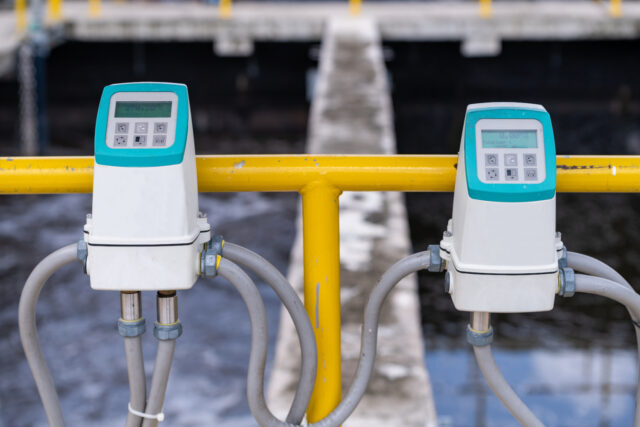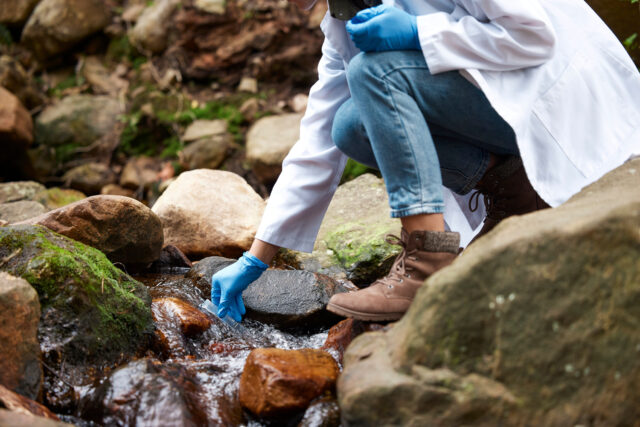Navigating the Silver Tsunami: The Aging Workforce in the Water Treatment Industry
The water treatment industry, vital for ensuring the safety and availability of one of our most crucial resources, is facing a demographic challenge that could impact its future sustainability and efficiency. Known as the “Silver Tsunami,” the aging workforce in this sector poses significant hurdles for hiring qualified professionals in the coming years. This article delves into the implications of this trend and explores strategies to mitigate potential risks.
The water industry, like many other sectors, is experiencing a wave of retirements as baby boomers exit the workforce. A 2020 survey by the Water Environment Federation (WEF) indicated that a significant portion of the workforce is nearing retirement age. This scenario is set against a backdrop of increasing demand for water treatment services, driven by a growing population and heightened environmental concerns.
The departure of experienced workers means not just a reduction in numbers, but a substantial loss of institutional knowledge and specialized skills unique to water treatment. Newer employees must be trained not only in the latest technologies but also in the nuanced, site-specific knowledge that departing workers possess. Moreover, the industry is already grappling with challenges in attracting younger workers who often overlook this sector in favor of more high-profile technological fields.
Filling the void left by retiring professionals is not a straightforward task. The water treatment industry requires a combination of technical skills, regulatory knowledge, and practical experience. However, there is a noticeable gap in these skill sets among younger workers. Additionally, the industry has struggled to effectively market itself to millennials and Gen Z, who are more driven by career paths offering technological advancement and sustainable development opportunities.
To effectively navigate the challenges posed by the aging workforce in the water treatment industry, a multi-faceted approach towards future workforce development is essential. This includes investing in enhanced training programs that not only provide comprehensive technical knowledge but also facilitate mentorship and the transfer of invaluable insights from seasoned professionals to newcomers. Equally crucial is the collaboration with educational institutions, such as universities and technical schools, to develop curricula that align with the specific needs of the industry, thus creating a steady flow of graduates who are ready to tackle job responsibilities.
Additionally, there’s a pressing need to rebrand water treatment careers, highlighting them as not just vital and rewarding, but also as roles at the forefront of technological advancement and environmental sustainability. Leveraging modern technology, particularly virtual and augmented reality, in training methodologies can attract tech-savvy younger generations and make the learning process more efficient. Furthermore, implementing diversity and inclusion initiatives can enhance the sector’s appeal to a broader range of young professionals. Finally, offering competitive compensation, clear career pathways, and emphasizing the stability and long-term prospects in the water treatment sector are essential strategies to attract and retain the new generation of workers. These concerted efforts are pivotal in ensuring that the industry remains robust and capable of adapting to evolving challenges and innovations.
The aging workforce in the water treatment industry is a pressing issue that requires immediate and strategic action. By investing in training, collaborating with educational institutions, rebranding the industry, and embracing diversity and technology, we can ensure a steady influx of skilled professionals. These efforts will not only address the workforce gap but also propel the industry forward, adapting to new challenges and innovations in the field.
Citations: (1) Water Environment Federation. (2020). Workforce Survey Report.
















